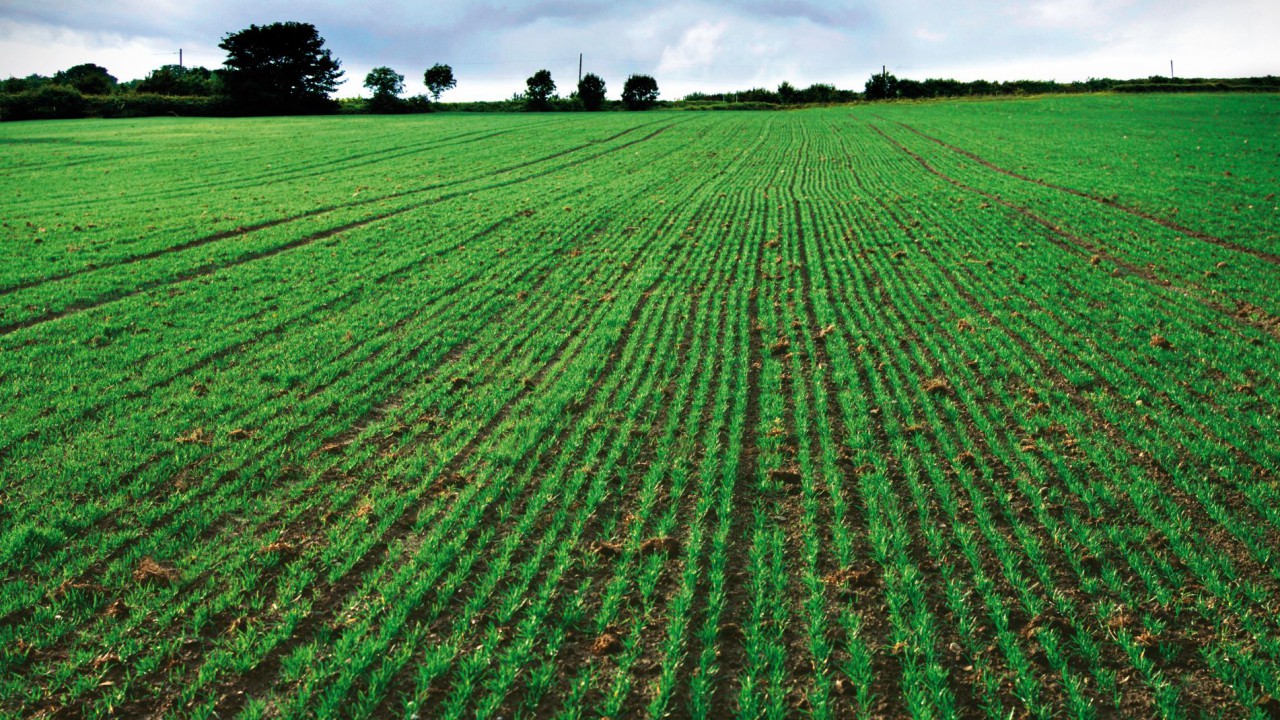Seed sales managers are seeking to remind growers that second wheats could offer a profitable cropping option this season – if the effects of soil-borne diseases are managed correctly.
Andrew Bourne, seeds manager for T. Denne and Sons, explained that although growers are nervous about how autumn plantings will progress, the attractive wheat price is likely to mean that the area of second wheat grown will increase modestly.
Bourne, who sells seed directly to arable farms in the south-east, explains that the current wheat price of £160 to £165/t ex-farm, offers growers the opportunity to lock into forward values for harvest 2019.
“With modern advancements, plant breeders have been able to produce top quality Group 1, 2 and 3 wheat varieties for use as a second cereal, meaning more farmers are growing second wheats as a viable option,” he said.
“Growers who are looking to take advantage of this and target quality markets with a second wheat, can make a good profit margin on the crop.
However, soil-borne diseases such as take-all remain a major threat to profitability of second cereals, reducing yields by up to 30% if not managed from the outset.
He adds that variety choice, drilling date, seed rate and deciding whether to use treated seed can all influence second wheat profitability.
Selecting the right seed
“Most of my customers that grow second wheats will select varieties for their hardiness and ability to cope with stresses that typically result from take-all infection,” he says.
“However, around 90% also request a seed dressed with Latitude (silthiofam), as it’s proven to protect the seed against the take-all pathogen and reduces the risk of significant crop losses from the disease,” he said.
Laurence Power, technical manager at Certis, explained that selecting a seed dressed with silthiofam is a good insurance policy for the crop, even in later drilled situations.
“Silthiofam creates a zone of protection around vulnerable emerging roots, helping to suppress the take-all pathogen. This helps the plant to develop robust rooting to take up water and nutrients more readily, and gives the crop chance to grow away from the disease and produce a quality and high yielding grain.
“Trials have demonstrated that this positive effect on yield, grain quality and specific weight can be achieved in crops drilled from early October through to November.”

